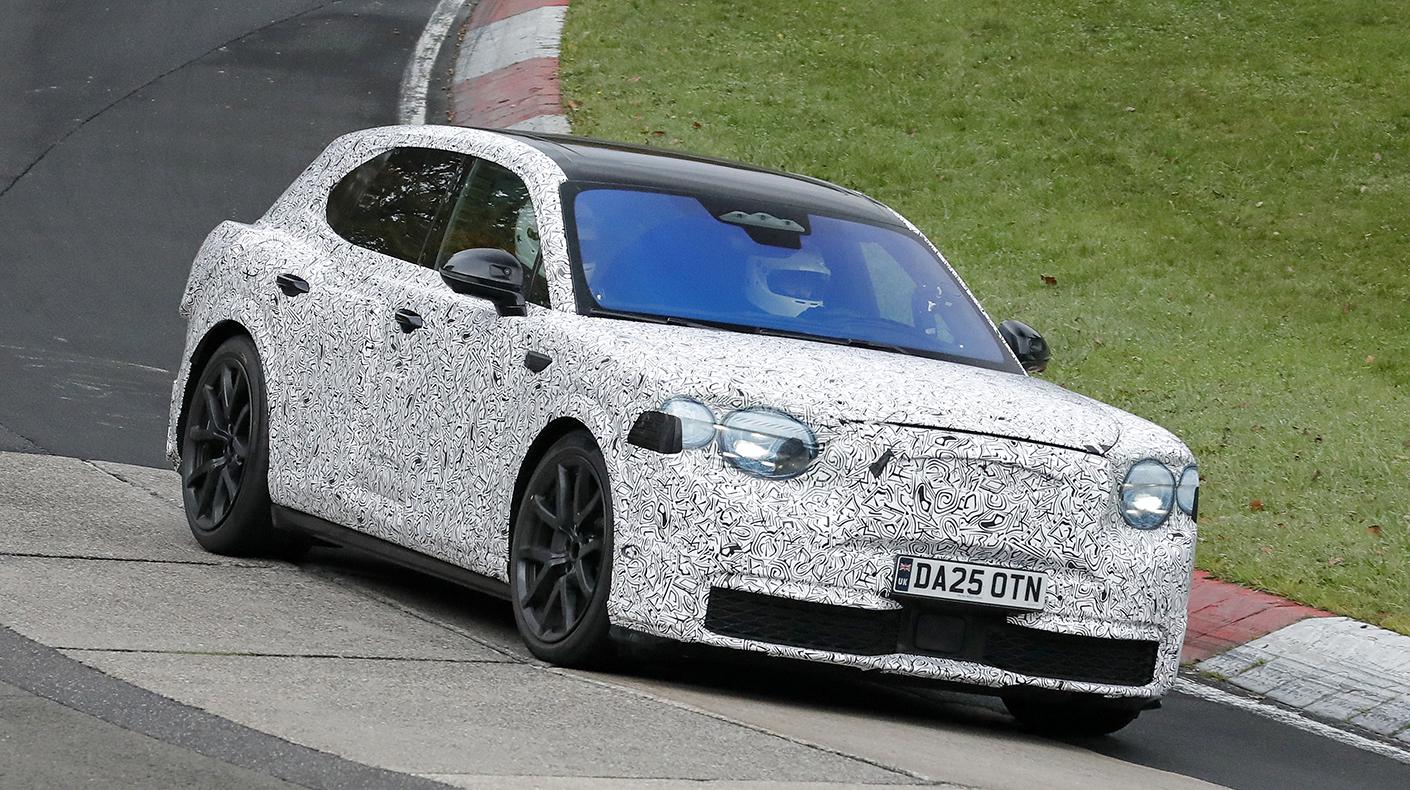SEMA News—May 2012
HERITAGE
By Drew Hardin
Photo Courtesy of the Petersen Archives
Unsung
 |
By the early 1960s, Jeffries had made a name for himself as a custom painter and pinstriper. He learned the delicate art of striping by observing Ken “Von Dutch” Howard, and he shared shop space for a number of years with George “King of the Kustomizers” Barris, where his handiwork was applied to a number of famous hot rods, including Barris’ Ala Kart roadster pickup and the blue ’32 Ford that appeared on the cover of the Beach Boys’ “Little Deuce Coupe” album. It was Jeffries who painted the numbers and “Little Bastard” name on James Dean’s ill-fated Porsche 550 Spyder. Jeffries also helped Carroll Shelby promote his first Cobra by painting—and repainting—the prototype car in different colors to make it seem like Shelby had several of the hot sports cars.
Jeffries’ artistic talents weren’t limited to California hot rods and sports cars. A longtime fan of the Indianapolis 500, he striped and painted Indy roadsters prior to the race for years. At one point in the early ‘60s, Jeffries said that he painted 21 of the 33 cars on the Indy grid, and his race-car paint work garnered national attention when he appeared on the cover of the June 1961 issue of Hot Rod magazine lettering A.J. Foyt’s roadster.
But right around the time of Dick Day’s photo session, Jeffries was laying the groundwork for a career change. He was eager to do more than just paint a car; he wanted to create one, a groundbreaking custom car that would elevate him to the stature of Barris and other well-known builders.
It was in 1963 that Jeffries hand-fashioned the Mantaray, a sleek, asymmetrical, bubble-topped styling statement that did, indeed, catapult him into the big leagues of car building. Movie and TV studios took notice, and Jeffries would go on to build the Monkeemobile, the Green Hornet’s Black Beauty and many, many more.
Jeffries was never the public-relations master that Barris was, never blew his own horn about his work, even when others took credit for it. So back then, and even now to some degree, he’s something of an unsung hero among the influential painters and customizers of the ‘60s, despite appearing on magazine covers and in photoshoots like Day’s.





